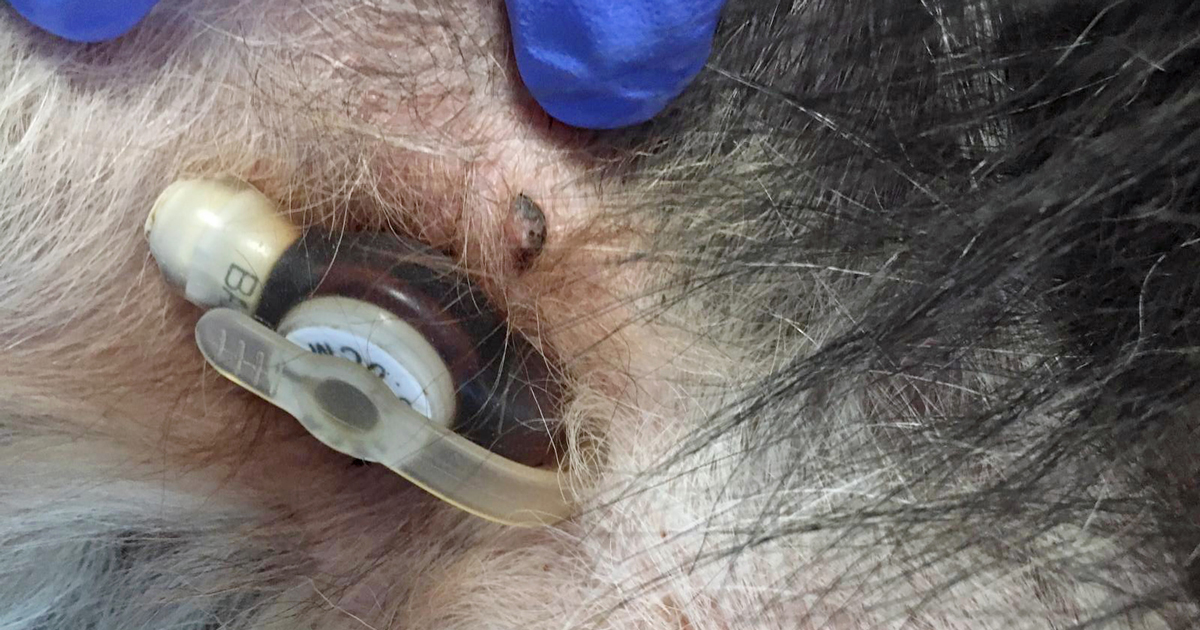A novel procedure that adapts low profile, human gastrostomy tubes to manage obstructive urinary disease in dogs, without the need to open the abdomen, is being offered.
The minimally invasive, percutaneously placed procedure, which leans heavily on human medicine techniques, has a number of advantages over conventional surgery.
Darren Kelly, internal medicine clinician at Southern Counties Veterinary Specialists (SCVS) in Ringwood, Hampshire, has successfully performed the procedure on six patients so far with “100% success”.
The medicine service at SCVS believes it may be the only centre in the UK employing the method. Mr Kelly became interested in the technique through the pioneering work of fellow interventional medics in the US and imported a supply of the low profile gastrostomy tubes into the UK to adapt as cystostomy tubes.
Common condition
Obstructive urinary disease is common in dogs and can occur due to benign or malignant, structural or functional uropathies. Depending on the underlying disease process, urinary diversion may be required for short-term (days to weeks) or long-term (months to years or indefinitely) management.
The most commonly performed procedures for urinary diversion for management of obstructive uropathies include urethral stenting and surgical placement of permanent cystostomy tube.
While surgical placement of cystostomy tubes is effective, it is invasive and the large balloon/Foley catheters typically used are cumbersome for owners to manage at home and are aesthetically unappealing.
SCVS is now offering minimally invasive, percutaneously placed, low-profile cystostomy tubes for the short, medium and long-term management of obstructive uropathies in dogs.
Appeal to owners
A spokesperson for the practice said: “We are not aware of any other centre in the UK offering this novel technique. The technique used avoids the need for surgical intervention and opening of the abdomen, which may be appealing to owners – particularly in patients already diagnosed with a neoplastic disease (for example, transitional cell carcinoma) and where pursing a surgical intervention may not be perceived as an attractive option for management.”
- Read the full story in the 29 July issue of Veterinary Times.

Leave a Reply